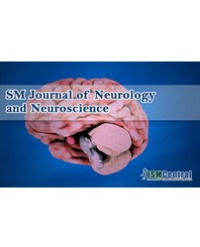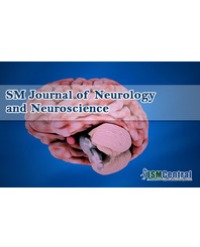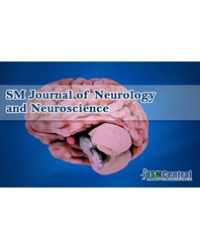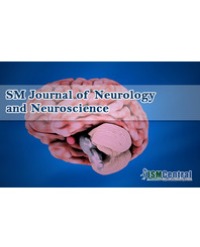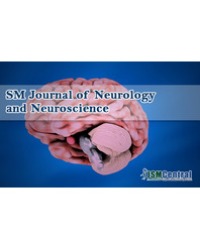
Sural Nerve Schwannoma: A Case Report and Review of the Literature
Peripheral nerve sheet tumors (PNSTs) are exceedingly rare with the most tumors being benign. Schwannomas are one of the two types of PNSTs and have been classified as a slow-growing, benign neurogenic tumor composed of Schwann cells. Schwannomas have been shown to occur primarily in middle-aged patients with no gender prevalence. The variable clinical presentation of this tumor makes it a difficult diagnosis with symptoms being based on their location. Magnetic resonance imaging (MRI) is used to reveals the location, size, texture, and relationships with surrounding neuromuscular structures, with surgical excision being the primary treatment option with excellent outcomes. Our patient presented to the clinic due to left leg pain. MRI was utilized to diagnosis the tumor was a sural nerve tumor. The tumor was tan-pink in color and measured 6 cm in length and ranging from 0.4 cm to a central bulging aspect up to 2.5 cm for 3 cm with positive markers for S100. This case report explores patients’ clinical manifestations of a lower extremity schwannoma.
Ahmad Behzadpour¹*, Amanda Rivera¹, Jason Goodloe¹, Amatul Khan¹, Jaffer Shah², Hashim Talib Hashim³, Sherif Selim⁴, and Joseph Varney¹

